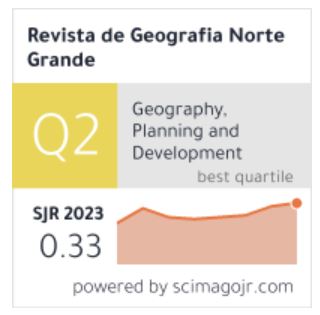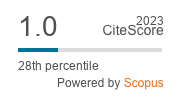Ecosystem collapse risk evaluation protocol: The Espinal (Acacia forest) in the central zone of Chile as case of study
DOI:
https://doi.org/10.4067/S0718-34022019000200029Abstract
Biodiversity is facing a crisis at global scale due to fragmentation and loss of natural habitats which are modifying their traditionally evaluation risk focus from species to ecosystems. The International Union for Conservation of Nature (IUCN) established an official standard for assessing the risk of collapse of ecosystems. Proposing a conceptual model that uses five criteria based on the characteristics of distribution and / or function of ecosystems. To exemplify the application of this methodology, the “Thorny forest” ecosystem of the central zone of Chile was selected, characterizing it according to: geographic distribution, characteristic native biota, abiotic aspects, main threats and key processes. The evaluation of the risk of collapse could be applied to four of the five criteria proposed in the conceptual model, which allowed establishing that the Thorny forest ecosystem be classified under the category of “Vulnerable.






